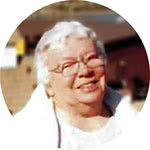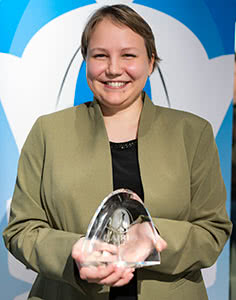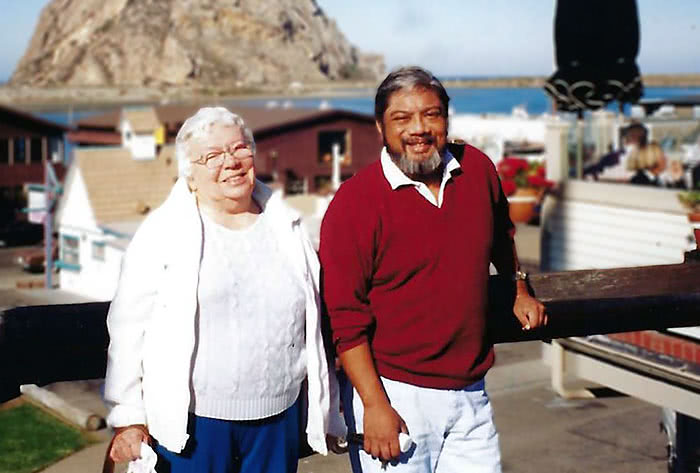
Although most tournaments include men (and boys), there are occasional all-girls tournaments, female-only opens, and women’s invitational tournaments. The most prestigious invitational women’s tournaments held annually in the U.S. are the U.S. Women’s Chess Championship and the Cairns Cup, won its inaugural year (2019) by GM Valentina Gunina, age 29. The oldest, and lowest-rated, player in the 2019 Cairns Cup field was 40-year-old IM Anna Zatonskih.
In July 2019, The Saint Louis Chess Club will host the inaugural U.S. Senior Championship, a 10-player round robin, $50,000 prize fund, with invitations issued to U.S. players ages 50 and older. As of February 2019, the US Chess Federation has not announced a U.S. Women’s Senior Championship.

Are the top 10 U.S. women ages 50 and over worthy of a separate invitational tournament? There are only 80 women over age 50 currently competing in US Chess-rated tournaments. Some famous high-rated women might be enticed out of retirement by a large prize fund, such as former Women’s World Championship challenger WGM Irina Levitina, US Chess-rated 2430, age 64. Even if Levitina and other retired icons played, one could expect the average rating of a U.S. Senior Women’s Championship to be around 2050 (US Chess rating system). A 2050 rating (expert level) is in the top 5% of all US Chess-rated players.
The arguments against such a tournament might be that the quality of the games would be inferior to those played by masters, that there are not enough senior women to justify a separate tournament, and that money is better spent on younger players, who are much more likely to improve than older players.
There are several arguments in favor of a U.S. Senior Women’s Championship. First, expert-level games may be more easily appreciated by average players. For example, the Coffee Chess channel on YouTube has over 46,500 subscribers yet most of its featured players are experts (not grandmasters). Second, the most under-represented group in US Chess is women ages 50 and older. Perhaps senior women might choose chess as a hobby, were they aware that senior women play chess. By age 50, most women’s child-raising responsibilities have decreased and some older women have retired or chosen part-time work. Thus there is time for chess for older women, but a lack of senior women chess role models.
Third, younger women and girls might also like to see older women featured in chess tournaments, and even meet them. As a senior citizen, Alina Markowski played frequently in Southern California tournaments and was secretary of North County Chess Club from 1976-2002. She served on the board, and one term as President, of the Southern California Chess Federation (SCCF). She organized women’s tournaments and wrote a column on women’s chess for Rank & File, the SCCF magazine.

The photo of Alina Markowski and Michael Nagaran was taken between rounds in a Northern California versus Southern California match, which the North won, on September 19, 1996. At the time, Alina was from Escondido and Michael was from San Diego. Thus both played on the Southern California team.
Here is a game that Alina won in 1993, three years earlier than the photo.
Chess kept Alina Markowski’s mind sharp. Alina died in 2011, just one month short of age 101. I knew Alina best in the late 1980s and early 1990s. She was an inspiration to me when I was in my 20s, and is a role model to me now. Maybe the senior women of 2019 could likewise inspire adult women and girls, if a U.S. Senior Women’s Championship gives them visibility.
